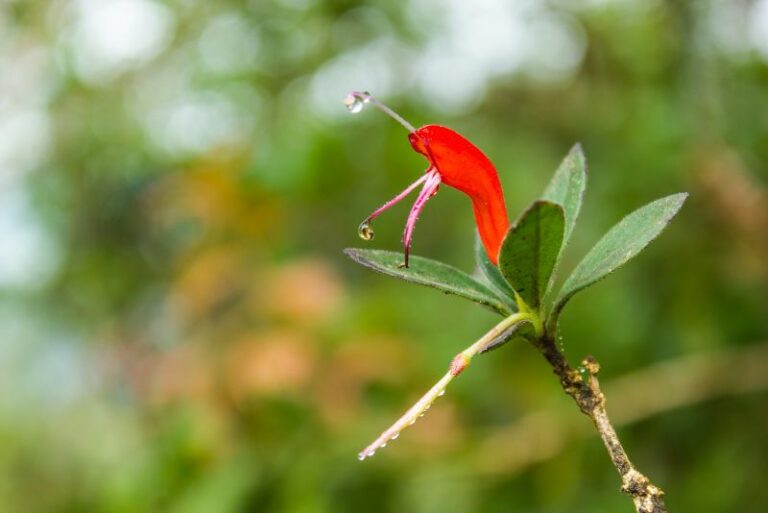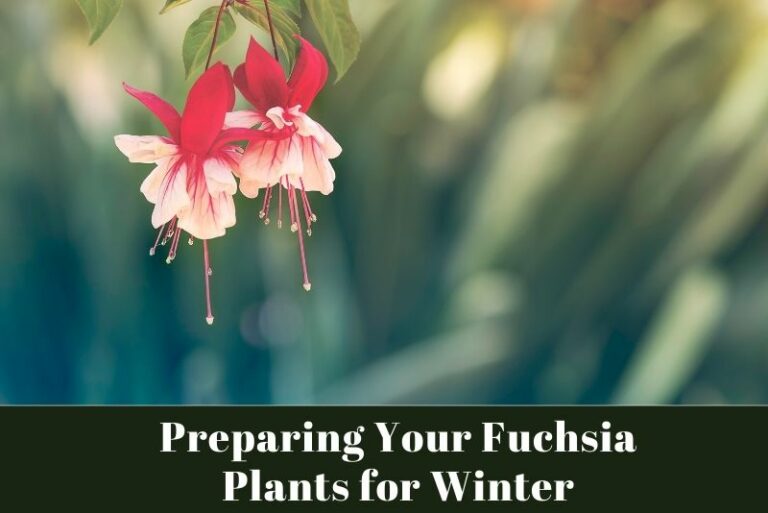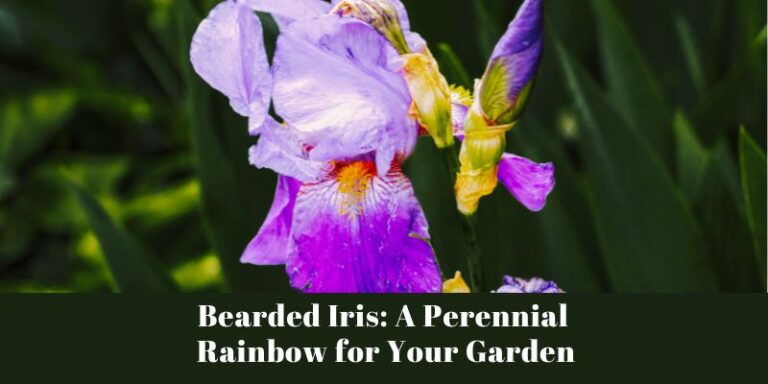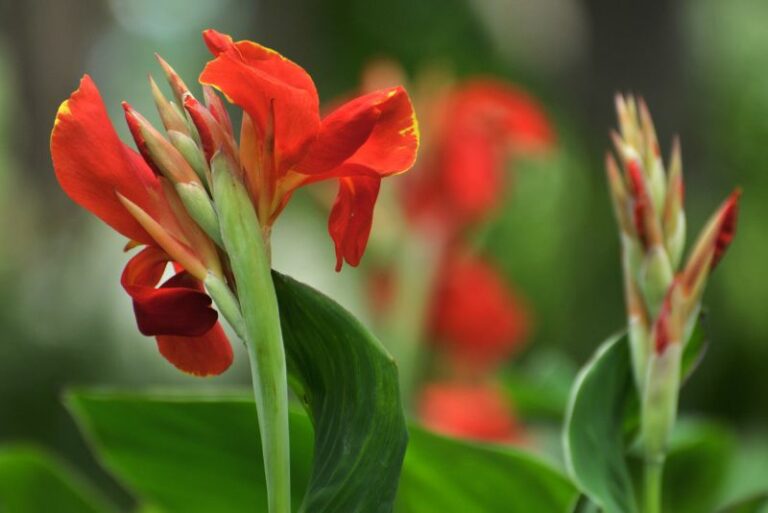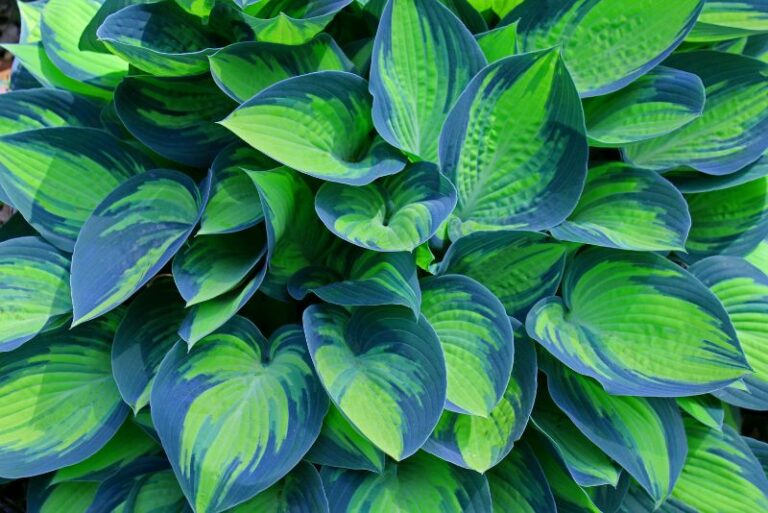How to Cultivate an Enchanting Heather Garden: A Complete Gardener’s Guide
Gardening enthusiasts often seek to add a touch of ethereal beauty to their outdoor spaces, and heather plants are a stunning choice for those who appreciate both aesthetics and a dash of wild charm. Belonging to the Ericaceae family, heathers promise to turn your garden into a year-round paradise, one that is brimming with color and rich with folklore. Embark on a rewarding horticultural adventure as we uncover the secrets to cultivating these delicate yet hardy plants in your very own garden.
A Heather Haven: Exploring the World of Heather Plants
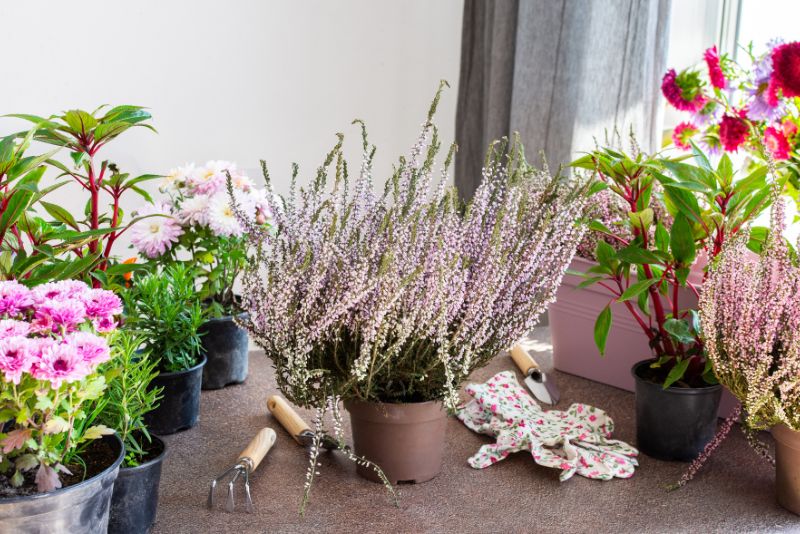
Before you kneel down to start planting, it’s crucial to acquaint yourself with what heather plants are and why they’re a valuable addition to your garden. Heather, also known as Calluna vulgaris, is a small, evergreen shrub famous for its profusion of tiny purple-pink flowers and needle-like foliage. However, this plant is far more than just an ornamental; it’s a key contributor to biodiversity, attracting bees and other pollinators with its abundant nectar.
Understanding the Different Types of Heather
Heather varieties come in a multitude of forms, with differing color blooms, foliage types, and growth habits. Some common types include:
- Traditional Heather (Calluna vulgaris): The classic heather, favored for its hardiness and ability to thrive in poor soils.
- Spring Heather (Erica carnea): Known for its early bloom and tolerance to low temperatures.
- Winter Heather (Erica x darleyensis): A cross of two species, offering the longest blooming period and some of the largest flower clusters.
When selecting a heather for your garden, it’s essential to consider size, color, and bloom season to ensure it complements your existing flora.
Climates and Soil: The Key to Happy Heather
Heather plants are native to Europe and Asia but have adapted well to a variety of climates. They generally prefer cooler temperatures and acidic, well-draining soil. Understanding the climate and soil conditions of your garden is pivotal in choosing the right type of heather to cultivate.
For instance, if you’re a resident of a region that experiences hot summers, you may find greater success with the Summer Heather variety, whose heat tolerance is higher compared to its counterparts.
The Planting Prowess: Establishing Your Heather’s Home
Choosing the right location and planting with care form the bedrock of a healthy and thriving heather garden. Here are the essential steps to get started.
Soil: The Heath of Your Heather
Heather plants are persnickety about their soil, and with good reason – they tend to favor a pH level of 4.5 to 5.5, which is quite acidic. Testing and amending your soil to meet this requirement is the first step to successful planting.
- If your soil isn’t naturally acidic, there are several options to lower the pH:
- Incorporating peat moss into the top few inches of the soil.
- Using a specialized soil acidifier.
- Planting in a raised bed filled with ericaceous compost or soil mix.
The Sun Dance: Allowing Light to Work Its Magic
Heather plants are sun worshippers, with a preference for full sun or light shade. Select a spot in your garden that receives several hours of sunlight a day, especially during the blooming season. Avoid areas with extreme heat, as this can cause the plant’s blooms to wilt prematurely.
Planting Time: Harmonizing with Nature’s Rhythms
The best time to plant heather is in early autumn, allowing the roots to establish before the winter frost sets in. However, you can also plant in spring, taking care to provide regular watering during the dry season to help the plant’s roots take hold.
The Tender Touch: Nurturing Your Heather Through the Seasons
Caring for your heather plants requires an understanding of their needs, which can vary throughout the year.
Watering Wisely: Precision is Key
Heather plants prefer slightly moist but well-drained soil. Overwatering can be as detrimental as underwatering, leading to root rot. During dry spells, give your heather a deep watering. This encourages the plant to develop a deep root system and better withstand dry periods.
Fertilizing: The Supplemental Diet
Heather plants, while not heavy feeders, benefit from a yearly application of a balanced, slow-release fertilizer specifically formulated for acid-loving plants. Apply in late winter or early spring before new growth begins to support flowering and overall plant health.
Pruning: The Art of Shaping
Pruning heather is not only for aesthetic purposes but also to ensure vigorous, healthy growth. The best time to prune heather is just after flowering, which allows the plant to set buds for the following year.
- Use sharp pruners to cut back the flowered stems to the base or to the nearest set of foliage.
- Remove any dead or diseased branches as you spot them to maintain the plant’s vitality.
Pests and Diseases: Keeping Your Plants Safe
Heather plants are relatively pest and disease-resistant when grown in the right conditions. However, they may occasionally be susceptible to fungal diseases such as Phytophthora root rot and rust. Keeping the garden clean and well-aerated, and avoiding overwatering, can help prevent these issues.
Seasonal Delights: Heather Plants Throughout the Year
Understanding how heather plants behave in different seasons can help you anticipate their needs and steward them through the gardening year.
Summer’s Splendor: Bloom with Abundance
Most heather varieties bloom in late summer or fall, treating the garden with a wash of color and sweetness. Ensure your plants have adequate moisture and stake taller varieties if needed to help them display their blooms without strain.
Winter Warrior: Protecting Your Heather from the Elements
For regions with harsh winters, provide insulation with a thick layer of mulch around the base of the plant to protect the roots from freezing. Avoid using compost or manure, as these can increase the soil’s pH, which is harmful to heather. Pine needles, wood chips, or straw make excellent mulch options.
Encouraging Growth: A Final Word on Heather Horticulture
Heather plants are not only resilient but also offer the joy of year-round interest. By following the guidelines above, you can create a haven for these enchanting shrubs in your garden.
Remember, the key to successful heather cultivation is patience and attention to detail. Start with choosing the right variety for your climate and space, provide the optimal growing conditions, and tend to your plants throughout the seasons. The rewards will be a kaleidoscope of blooms and foliage that transform your garden into a testament to the beauty of nature.
In closing, consider these beautiful words from William Sharp, “Where heather grows and heaven looks high, I’ve bid my heart go wandering…on an endless-day endless-day.”셦 May your own heather-filled garden become a sanctuary where your heart can wander freely in the beauty of creation.


